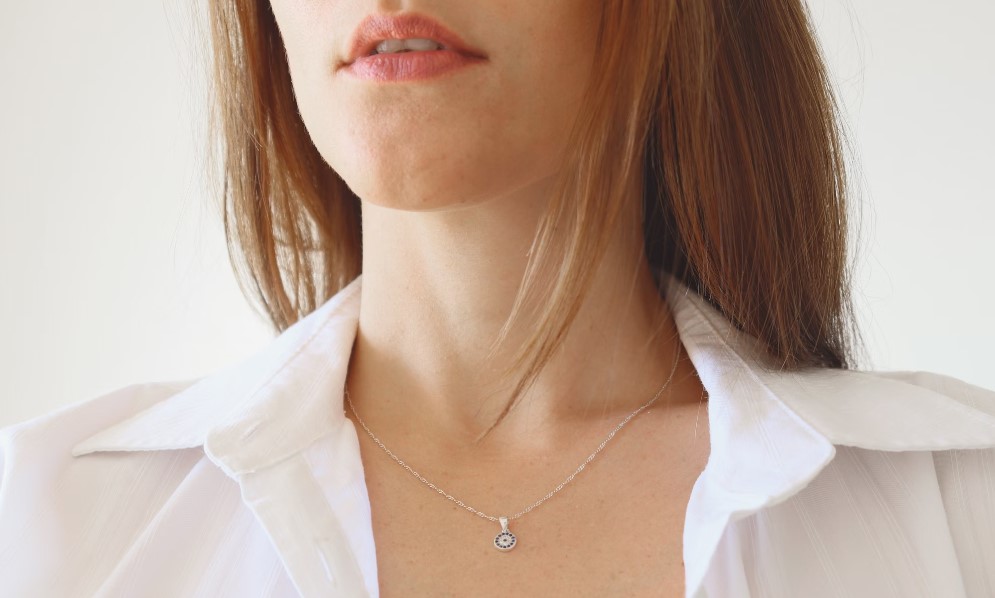Throughout human history, necklaces have served as symbols of adornment, status, and personal expression. Their evolution spans millennia, reflecting shifts in culture, fashion, and technology. Join us on a journey through time as we explore the rich and diverse history of necklaces, from their humble beginnings in ancient civilizations to their prominent place in contemporary fashion trends.
Ancient Origins
The history of necklaces traces back to the dawn of civilization, where they held profound cultural significance. In ancient Egypt, Mesopotamia, and China, fashionable cheap necklaces were not merely accessories but symbols of wealth, power, and social standing. Elaborate collars adorned with precious gemstones and intricate metalwork adorned the necks of pharaohs and nobility, while simpler designs were worn by commoners to ward off evil spirits and attract good fortune.
Medieval and Renaissance Era
During the medieval and Renaissance periods, necklaces continued to be cherished possessions, often passed down as heirlooms within noble families. Their designs ranged from ornate chokers featuring intricate filigree work to delicate chains adorned with religious symbols such as crosses and crucifixes. As trade routes expanded, exotic gemstones and pearls became increasingly popular, further embellishing the lavish necklaces of royalty and aristocracy.
Victorian Era
The Victorian era saw a resurgence of sentimentality in jewelry design, leading to the creation of lockets and mourning necklaces adorned with symbols of remembrance and affection. Lockets, in particular, became treasured keepsakes, with miniature portraits or locks of hair concealed within their ornate frames. Mourning necklaces, crafted from black jet or onyx, served as somber reminders of lost loved ones, while gemstones such as amethyst, garnet, and turquoise added a touch of color and vibrancy to more cheerful occasions.
Art Nouveau and Art Deco Movements
The turn of the 20th century brought about dramatic changes in jewelry design with the rise of the Art Nouveau and Art Deco movements. Art Nouveau embraced organic forms and natural motifs, with necklaces featuring flowing lines, floral motifs, and delicate enamel work. In contrast, Art Deco favored geometric shapes, bold colors, and symmetrical patterns, reflecting the modernist sensibilities of the Roaring Twenties. Necklaces from this era often showcased exquisite craftsmanship and innovative materials, such as platinum, ivory, and jade, making them highly sought after by collectors and fashion enthusiasts alike.
Modern Trends
In the contemporary fashion landscape, necklaces continue to play a prominent role as versatile accessories that reflect individual style and personality. From minimalist chokers to statement bib necklaces, there is a myriad of styles to suit every taste and occasion. Mixed metals, layering, and personalized charms are popular trends that add a modern twist to traditional necklace designs, catering to the ever-changing tastes of today’s fashion-forward consumers.
From ancient civilizations to modern-day runways, the history of necklaces is a testament to their enduring allure and timeless appeal. Whether worn as symbols of status and wealth or as expressions of personal style and creativity, necklaces have captivated hearts and minds across cultures and generations. As we continue to embrace new trends and innovations, one thing remains certain: the necklace will always hold a special place in the annals of fashion history.










